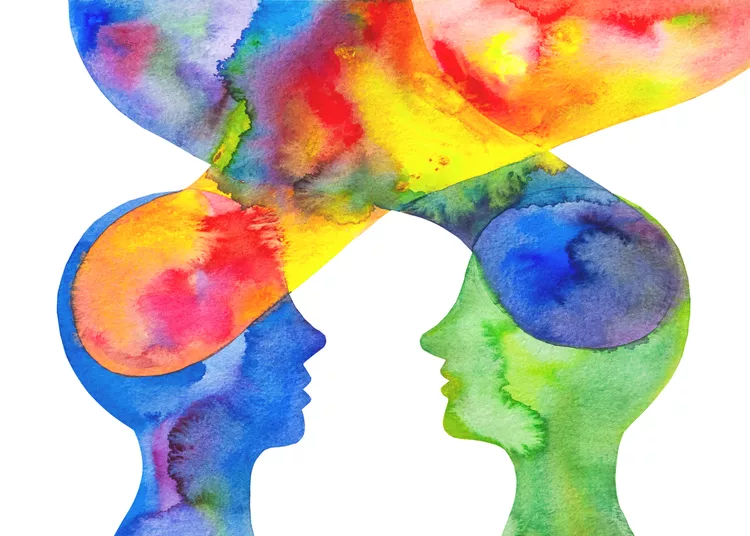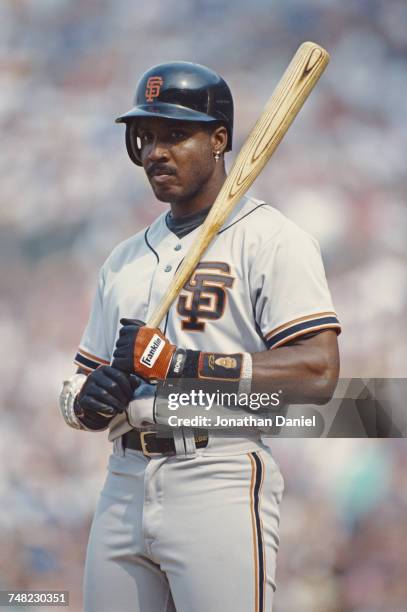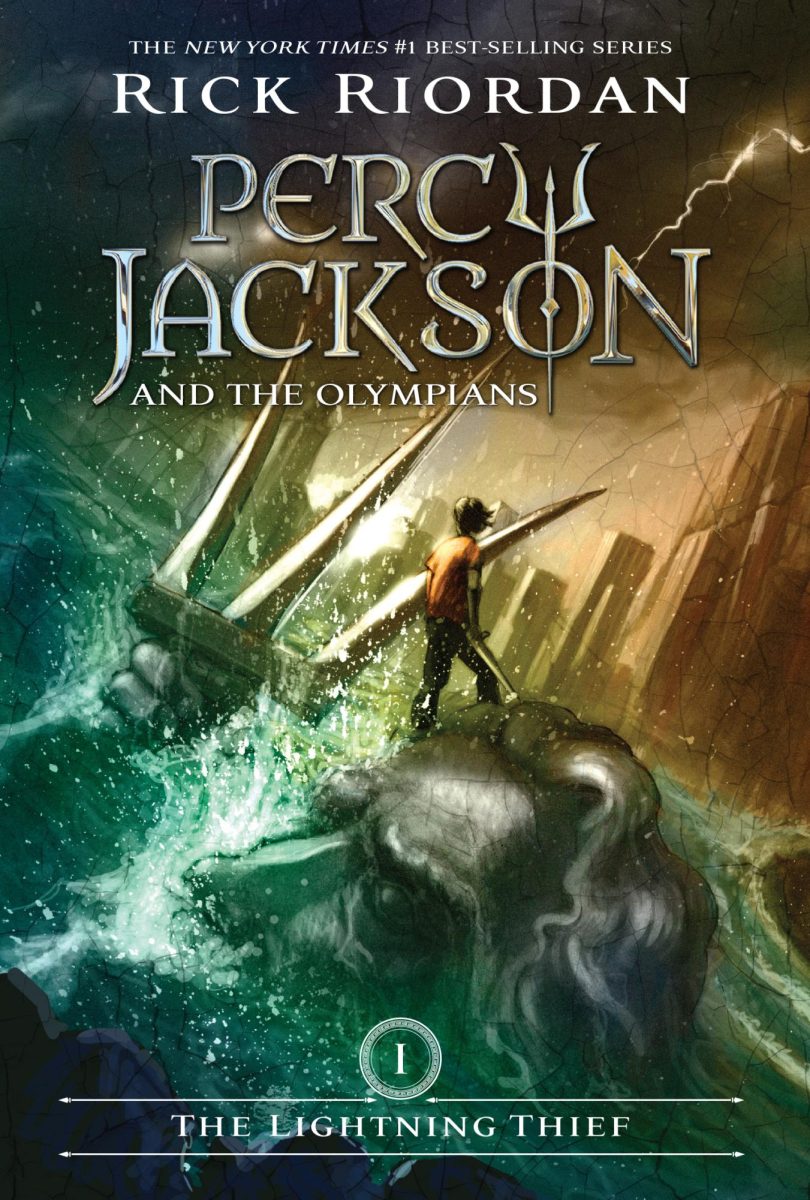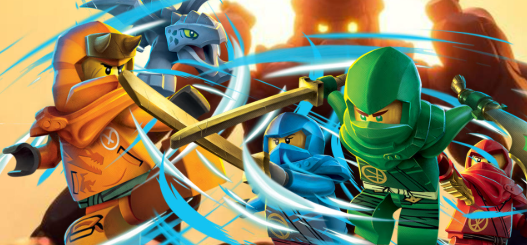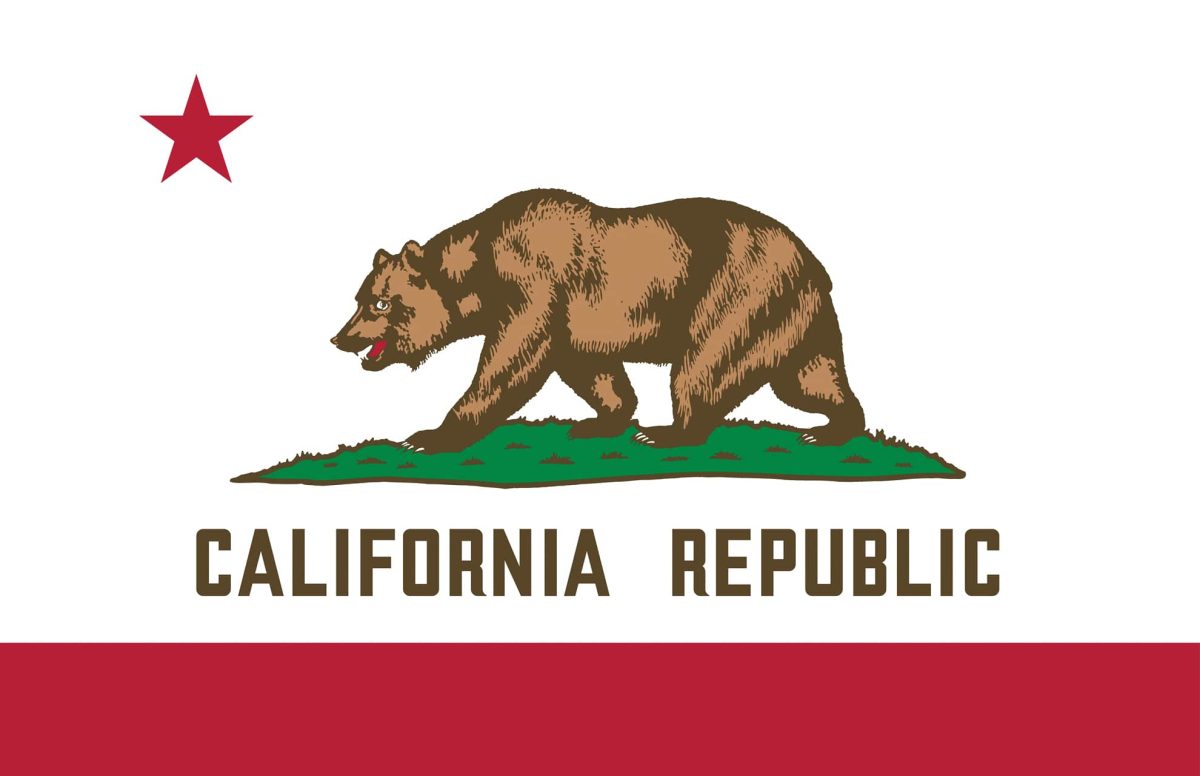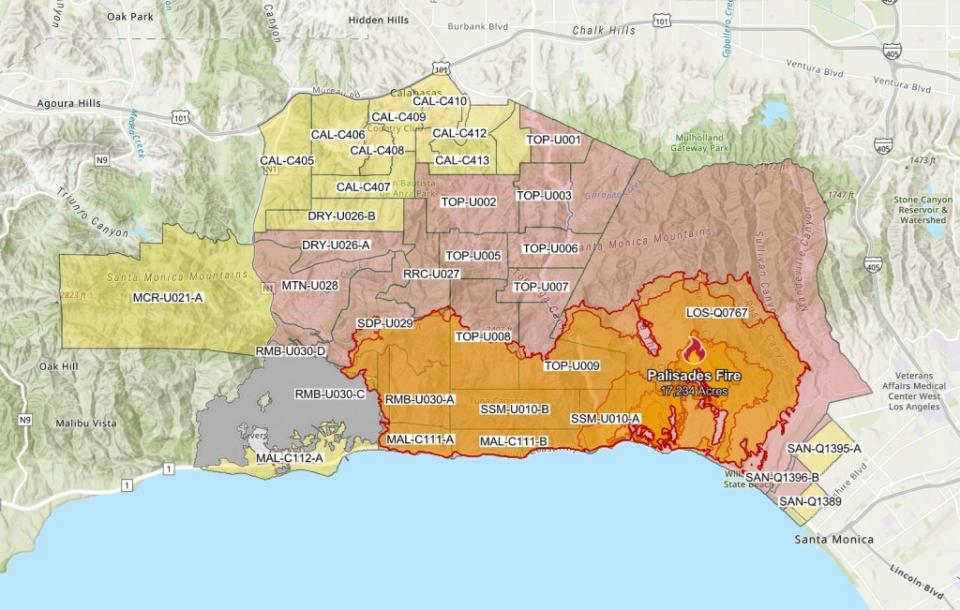Deadpool is one of Marvel’s most iconic characters, but his backstory is as complex and intriguing as the character himself. Often viewed as an antihero, Deadpool—whose real name is Wade Wilson—exists in a morally ambiguous world, where he takes on the role of the vigilante, fighting against villains with a unique blend of humor and brutality.
Created by Rob Liefeld and Fabian Nicieza, Deadpool’s inception was influenced by two notable characters: Deathstroke and Spider-Man. The similarities are evident—his name, Wade Wilson, is a playful twist on Deathstroke’s real name, Slade Wilson, while his costume bears a striking resemblance to Spider-Man’s iconic suit. This mashup of influences contributed to Deadpool’s distinctive personality, characterized by wit, sarcasm, and a penchant for breaking the fourth wall.
Deadpool made his first cinematic appearance in the critically panned X-Men Origins: Wolverine in 2009, where he was portrayed in a way that frustrated many fans. However, the character truly found his footing with the release of the standalone Deadpool movie in 2016. This film was a massive success, known for its raunchy humor and unconventional storytelling, which resonated with audiences and breathed new life into the superhero genre. It was followed by two sequels, Deadpool 2 in 2018 and another installment set for release in 2024.
In the comic book world, Deadpool made his debut in The New Mutants #98 in 1991, quickly gaining popularity for his unpredictable nature and irreverent humor. Over the years, he has evolved from a villain to an antihero, often teaming up with other Marvel characters while still maintaining his unique identity. According to Comic Book Resources, this first appearance laid the groundwork for what would become one of the most beloved and enduring characters in comic book history.
Deadpool’s story is a testament to the evolution of comic book narratives, blending action, comedy, and a touch of chaos, making him a favorite among fans and a significant part of the Marvel universe.



